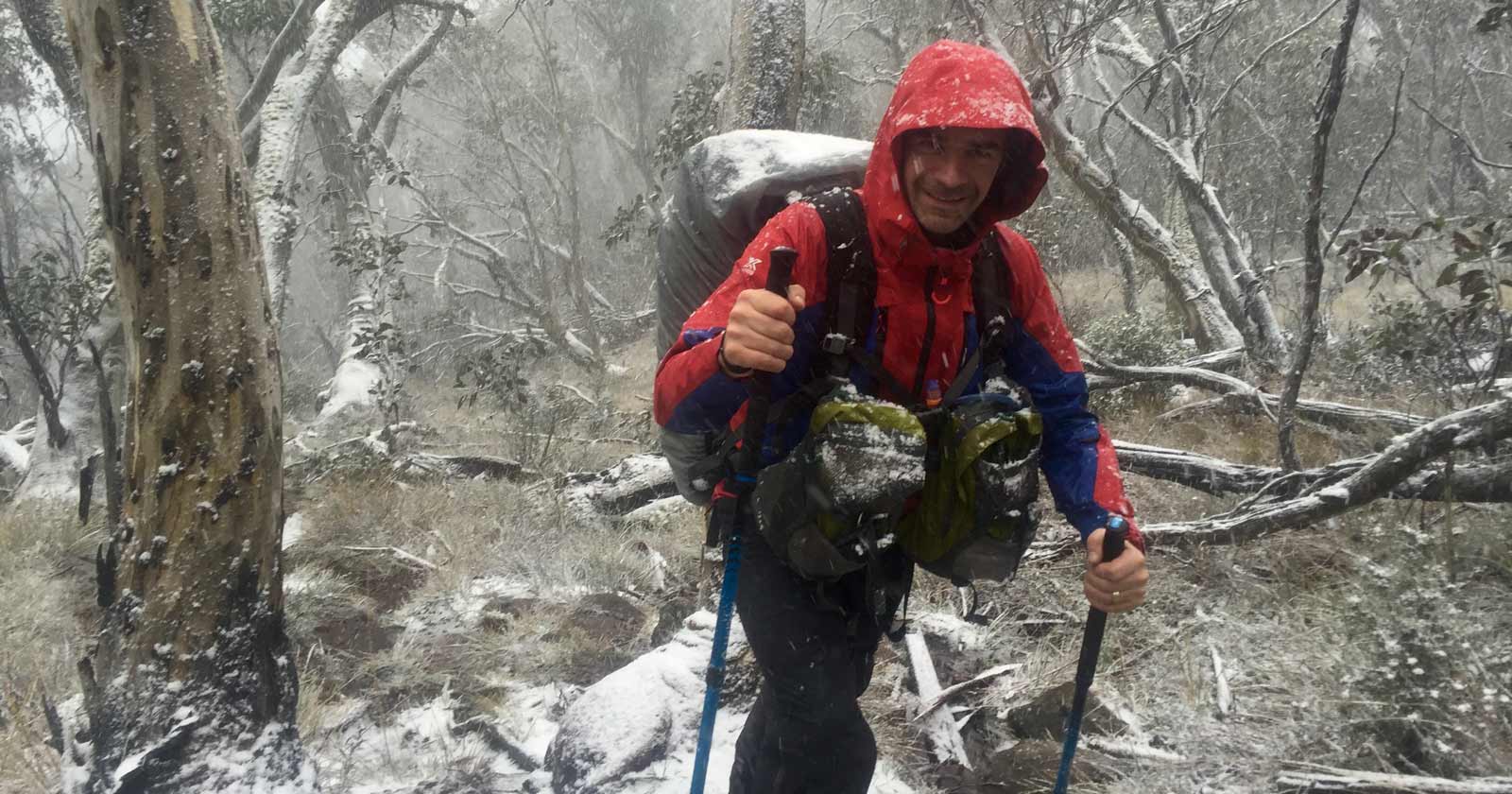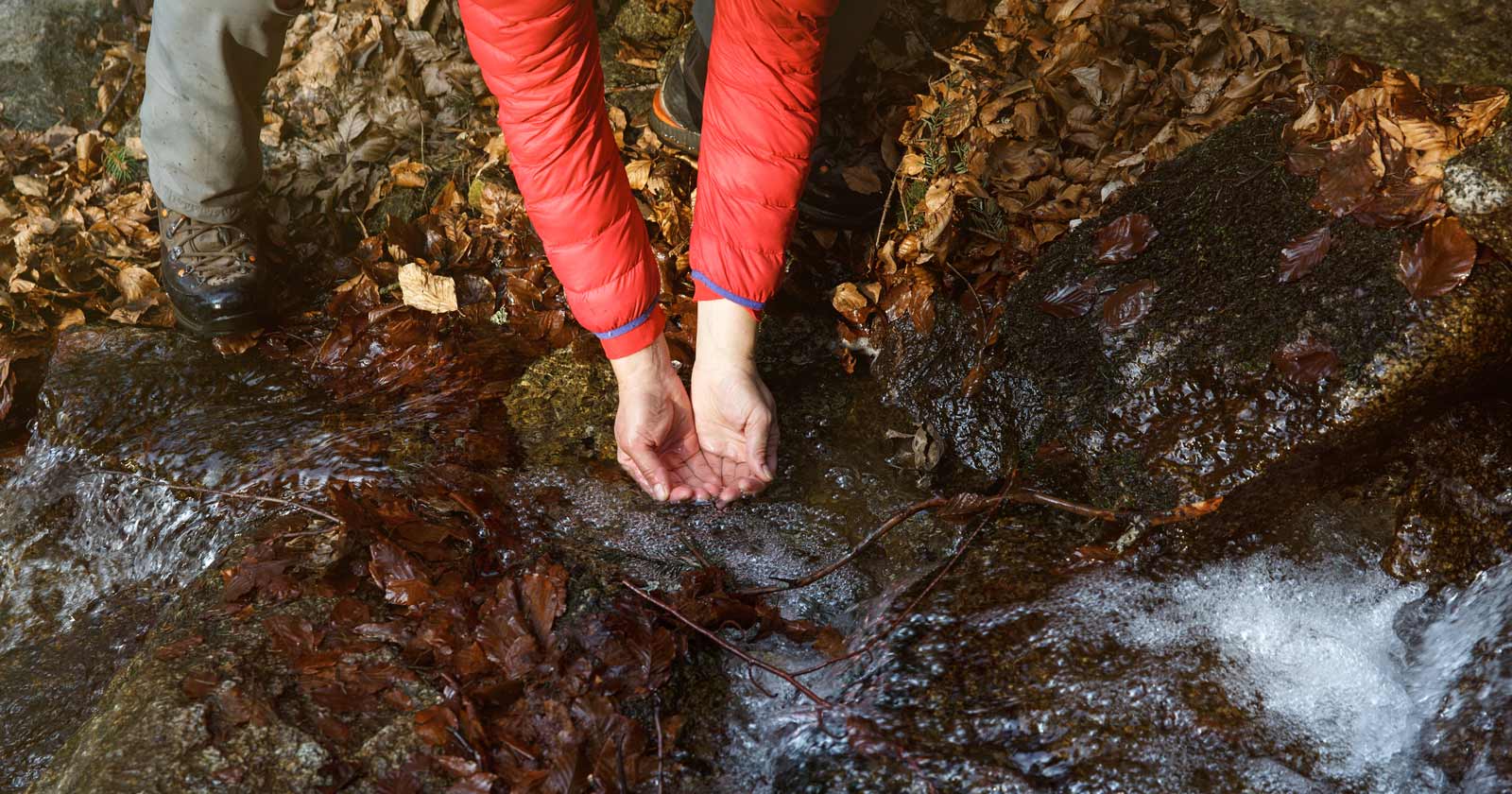Our sun-drenched continent teems with a bewildering array of arthropods, from the delicate wings of a butterfly to the fearsome fangs of a funnel-web spider. While their potential to bite, sting, and crawl under your skin is undeniable, understanding these complex creatures is key to unlocking the secrets of Australia’s wild spaces. So, grab your boots, your sunscreen, and a healthy dose of curiosity, as we embark on a journey through the world of Australia’s fascinating, occasionally unsettling, and always captivating arthropods.
Australia is home to a wide variety of biting, chewing, sucking and stinging insects (classified as Arthropods) that can pose a significant health risk to hikers and bushwalkers. These pests can transmit diseases, cause skin irritation and allergic reactions, and even be fatal in some cases. It is important for hikers and bushwalkers to be aware of the dangers posed by biting insects and to take steps to protect themselves.
So, what is an Arthropod?
Arthropod is a wide classification of animals that includes insects, mites and ticks, arachnids (spiders) and crustaceans (lobsters, crabs and prawns). Arthropods have segmented bodies, jointed legs and external skeletons. All of the pests listed in this blog post are arthropods.

Health risks for hikers and bushwalkers
While the vast majority of Australian arthropods are harmless, certain encounters can pose significant health risks for hikers and bushwalkers. Some risks can be very serious. Risks vary between arthropods, but may include nuisance biting, allergic reactions, skin infestations, the transmission of diseases, stings, and envenoming bites. Here’s a breakdown:
Nuisance Biting: Mosquitoes, sandflies, and some midges can cause itchy and uncomfortable bites, leading to distraction and potential infection if scratched.
Allergic Reactions: Wasp, bee, and ant stings can trigger severe allergic reactions in some individuals, requiring immediate medical attention. Even seemingly harmless insects like moths can cause skin irritations in sensitive individuals.
Skin Infestations: Ticks and mites can burrow into the skin, causing irritation, infections, and potential transmission of diseases like Lyme disease.
Infectious Diseases: Mosquitoes can transmit diseases like Ross River virus and Barmah Forest virus, while tsetse flies in northern Australia can spread sleeping sickness.
Stings and Envenoming Bites: Spiders, scorpions, and some ants can deliver painful stings or venomous bites, causing localised pain, swelling, and even death in rare cases.
General Annoyance: Large numbers of biting insects, like march flies or biting midges, can make outdoor activities unpleasant and disrupt sleep.
Remember, even minor bites and stings can become infected if not treated properly. Hikers and bushwalkers should be aware of these risks and take necessary precautions.

Arthropods to avoid when hiking and bushwalking
While the vast majority of Australia’s incredible arthropod diversity poses no threat to humans, a few species can cause significant health concerns for hikers and bushwalkers. Here’s a rundown of some common culprits you might encounter, along with their locations and potential impacts:
Mosquitoes: These pesky flying insects come in both native Australian and exotic, disease-carrying varieties. Mosquitoes thrive near water sources and humid environments, especially in tropical and subtropical regions. Bites can be itchy and uncomfortable, and some exotic species like the dengue mosquito transmit potentially serious diseases like Ross River virus and Barmah Forest virus.
Ticks: These blood-sucking arachnids can burrow into your skin and feed, potentially transmitting diseases. Ticks lurk in long grass, bushes, and woodlands, particularly in eastern and southern Australia. The paralysis tick, as its name suggests, can cause muscle weakness and paralysis if not removed promptly. Seek professional advice before attempting removal. Other tick species can transmit Lyme disease and other bacterial infections.
Biting Midges: These tiny, gnat-like insects swarm in large numbers and deliver itchy, irritating bites. Biting midges thrive near wetlands, estuaries, and coastal areas, especially in northern Australia. Their bites can cause intense itching and swelling, leading to secondary infections if scratched excessively.
Caterpillars: While most caterpillars are harmless, some species have spines or hairs that can cause painful stings or allergic reactions. Caterpillars can be found on foliage in various habitats, but be especially cautious around brightly colored or hairy ones. Contact with certain caterpillar spines or hairs can trigger reactions ranging from skin irritation and itching to vomiting and breathing difficulties.
Flies: March flies and sandflies are two particularly annoying fly species that bite and leave itchy welts. March flies are abundant in warm, humid weather, while sandflies favor coastal areas and beaches. Bites from both flies cause itchy welts that can become infected if scratched. Sandfly bites can be especially painful and persistent.
Chigger mites: These tiny mites burrow into the skin, causing itching and irritation. Chiggers live in moist, grassy areas, often near walking trails and campsites. Chigger bites form itchy red bumps that can become infected if scratched.
Spiders: While most Australian spiders are harmless, two venomous species – the funnel-web spider and the redback spider – pose a serious threat. Funnel-web spiders prefer damp burrows in eastern Australia, while redback spiders favor sheltered areas like rock piles and undergrowth. Bites from both spiders can be highly venomous, causing pain, swelling, and potentially even death if not treated promptly.
Leeches: While not an Arthropod, its worth providing a link to another blood sucker that a lot of people fear. You can read more about identifying, avoiding and removing leeches here.
Remember, prevention is key. By wearing protective clothing, using insect repellent, and being aware of your surroundings, you can minimise your risk of encountering these arthropods and enjoy your outdoor adventures safely. If you do experience any bites or stings, seek medical attention immediately if you have any concerns or severe reactions.

Stinging Arthropods
Here’s a quick rundown of five common stinging critters you might encounter, along with their locations and potential effects on hikers and bushwalkers:
Ants: These social insects come in various forms, but some species have powerful jaws and sharp stingers. Ants thrive in diverse environments, from grasslands and forests to deserts and urban areas. Look out for ant trails and mounds on the ground. While most ant bites are minor irritations, some species like bulldog ants and certain fire ants can deliver painful stings that cause burning, swelling, and even allergic reactions in some individuals.
Bees: These pollinators are vital to the ecosystem, but their stingers can pack a punch. Bees frequent flowering plants and areas with nectar sources. Be wary of beehives and buzzing activity. Bee stings typically cause immediate pain, swelling, and redness. While most resolve within a few hours, allergic reactions can be severe and require immediate medical attention.
Centipedes: These elongated predators have venomous fangs and legs that can deliver a painful bite or sting. Centipedes prefer damp environments like under rocks, logs, and leaf litter, usually in tropical and subtropical regions. Centipede bites typically cause localised pain, swelling, and burning that gradually subsides. Severe reactions involving muscle cramps, nausea, and fever are rare.
Scorpions: From rainforests to deserts, the Australian environment is incredibly varied and may be home to more than 100 species of scorpion. These arachnids with a distinctive curved tail pack venom in their stinger. Scorpions favor desert habitats and dry, rocky areas. Be cautious near rock crevices and overhangs. Scorpion stings can cause intense pain, swelling, and numbness at the site. Serious reactions with respiratory distress or muscle paralysis are uncommon but require immediate medical attention.
Wasps: These aggressive relatives of bees have powerful stings that can inflict multiple punctures. Wasps are attracted to sugary foods and garbage, often nesting in trees, under eaves, or in abandoned structures. Wasp stings cause instant pain, swelling, and redness, similar to bee stings. Multiple stings can lead to severe reactions, so exercise caution around wasp nests and foraging areas.
By understanding where you’re likely to find these stinging arthropods and taking steps to avoid them, you can minimise the risk of encounters and enjoy your outdoor adventures safely.

Personal protection and prevention strategies
Staying safe from bites and stings while enjoying the outdoors requires a multi-pronged approach. Here’s a breakdown of the key strategies:
1. Avoidance
- Habitat awareness: Know which areas attract specific arthropods. Avoid dense vegetation, slow-moving water, and known nesting sites.
- Timing your hikes: Minimise activity at dawn and dusk, peak mosquito feeding times.
- Clothing as armor: Wear long, loose-fitting clothing that covers as much skin as possible. Wear long sleeves, pants, and closed-toe shoes. Tightly woven fabrics offer better protection. Wear a hat with a wide brim to protect your face and neck.
- Shelter and gear: Use tents with fine mesh netting and treat gear with insect repellent.
- Perform regular tick checks: While spending time outdoors, carefully check yourself and clothing for ticks.
- Post-hike check: Check yourself, your clothing and gear for ticks and bites after being outdoors.
2. Use Insect Repellents
- Protect yourself: Apply insect repellent to exposed skin and clothing.
- Synthetic repellents: DEET offers the strongest and longest-lasting protection. Follow application instructions carefully, especially for children and pregnant women.
- Botanical repellents: Consider plant-based options like lemon eucalyptus oil. They generally offer shorter protection and may need more frequent reapplication.
- Repellent safety: Read product labels, avoid contact with eyes and mouth, and wash hands thoroughly after applying.
3. Minimising Reactions
- Carry an antihistamine: Antihistamines like Benadryl can help alleviate the swelling and itching caused by most bites and stings.
- EpiPen in case of allergies: If you have a known severe allergy to insect bites or stings, always carry an EpiPen and know how to use it.
4. Knowledge is Power
- Learn to identify common arthropods: Understanding which critters you encounter helps determine if precautions or treatment are necessary.
- Stay informed about local risks: Research prevalent arthropod species and potential health risks in the areas you plan to hike.
- First-aid preparedness: Carry a well-stocked first-aid kit containing items like tweezers, antiseptic wipes, and bandages.
- Seek medical attention: If you experience a severe allergic reaction, venomous bite, or any signs of infection, seek immediate medical attention.
By implementing these strategies and exercising caution, you can significantly reduce your risk of encountering arthropods and minimise the impact of any interactions you might have. Remember, knowledge is your best defense.
Want to learn more? Visit the Australian Government website.
Final words
So, you’ve got the boots, the map, and a thirst for adventure. Now, equip yourself with the knowledge to traverse Australia’s trails, bite, suck, chew and sting-free. Don’t let these little critters put you off exploring. Remember, with knowledge, a little preparation and these handy tips, you can transform those buzzing (and biting) threats into amazing memories.
What’s your favorite insect-repelling hack? Did you spot a particularly cheeky mosquito or outsmart a crafty tick? Or have you had a horrible experience you’d like to share? I’d love to hear your stories so leave a comment below, and let’s create a community of savvy, pest-proof adventurers.
Main image: Australian Woodland Scorpion – Australian Capital Territory (ACT). Ozeye, CC BY-SA 3.0, via Wikimedia Commons.
















